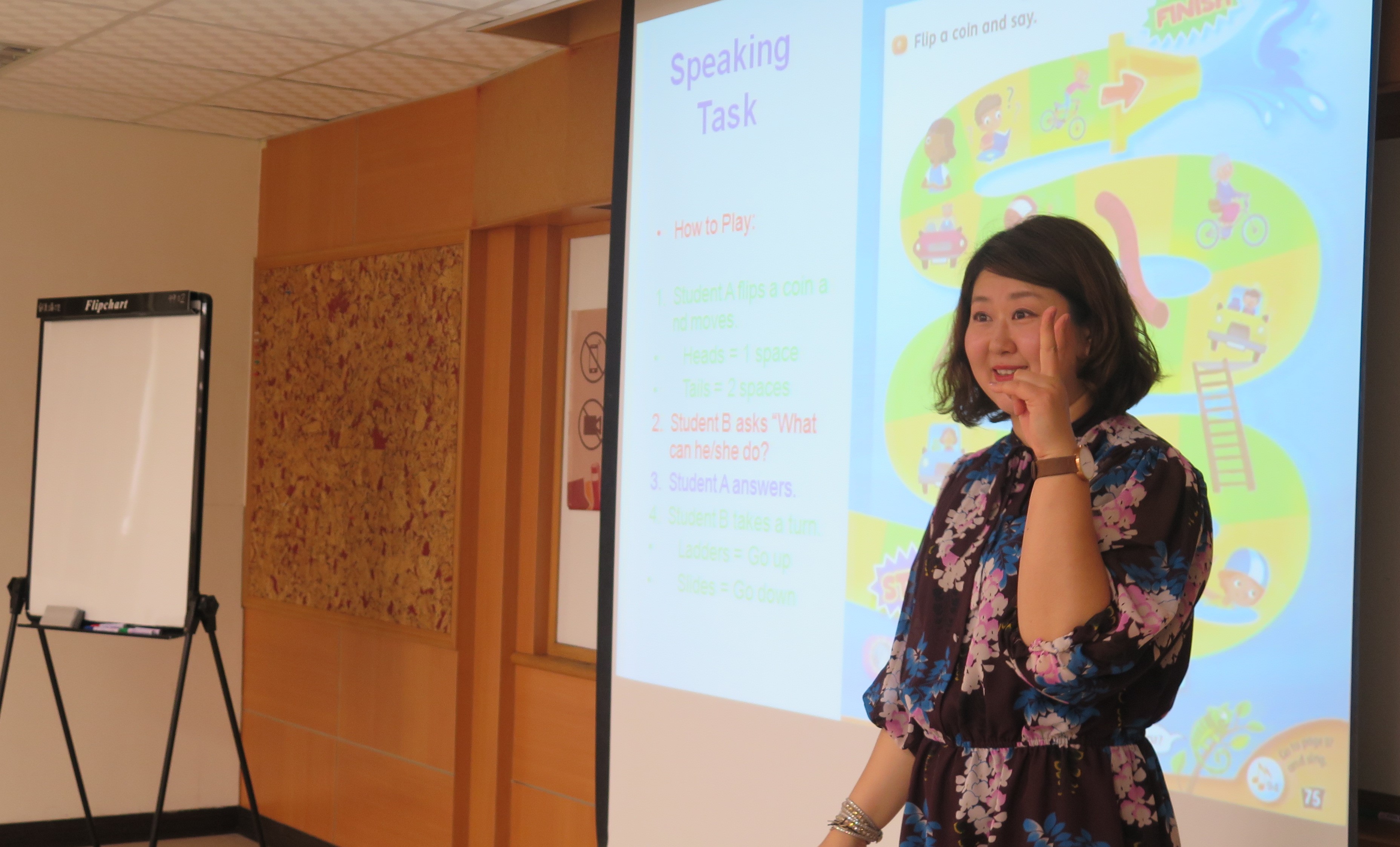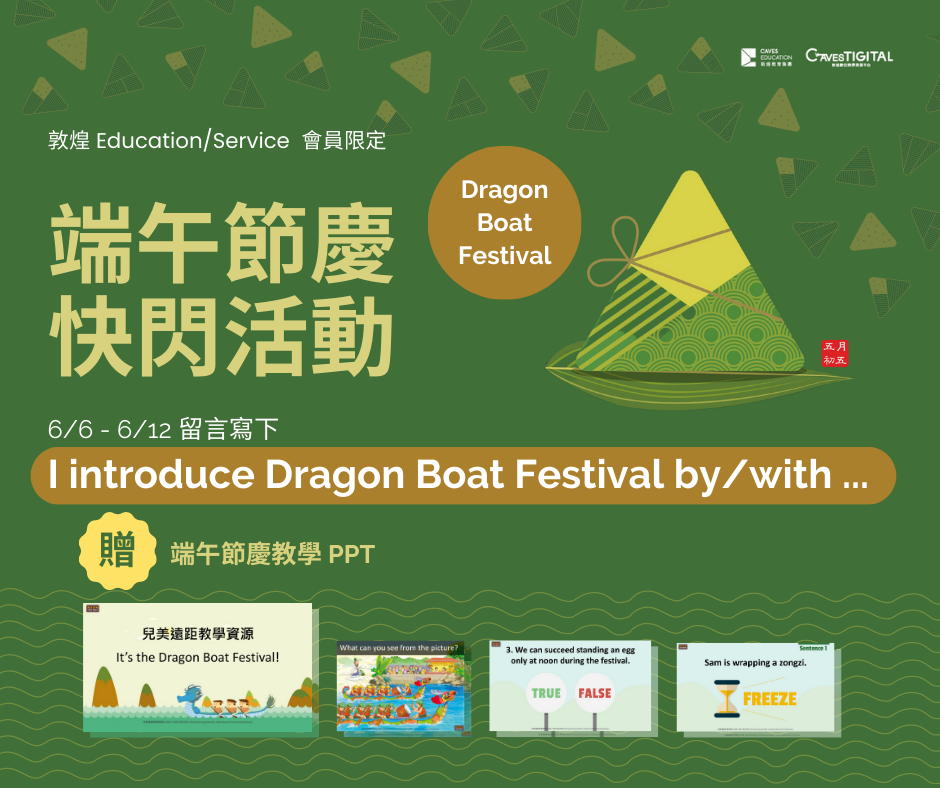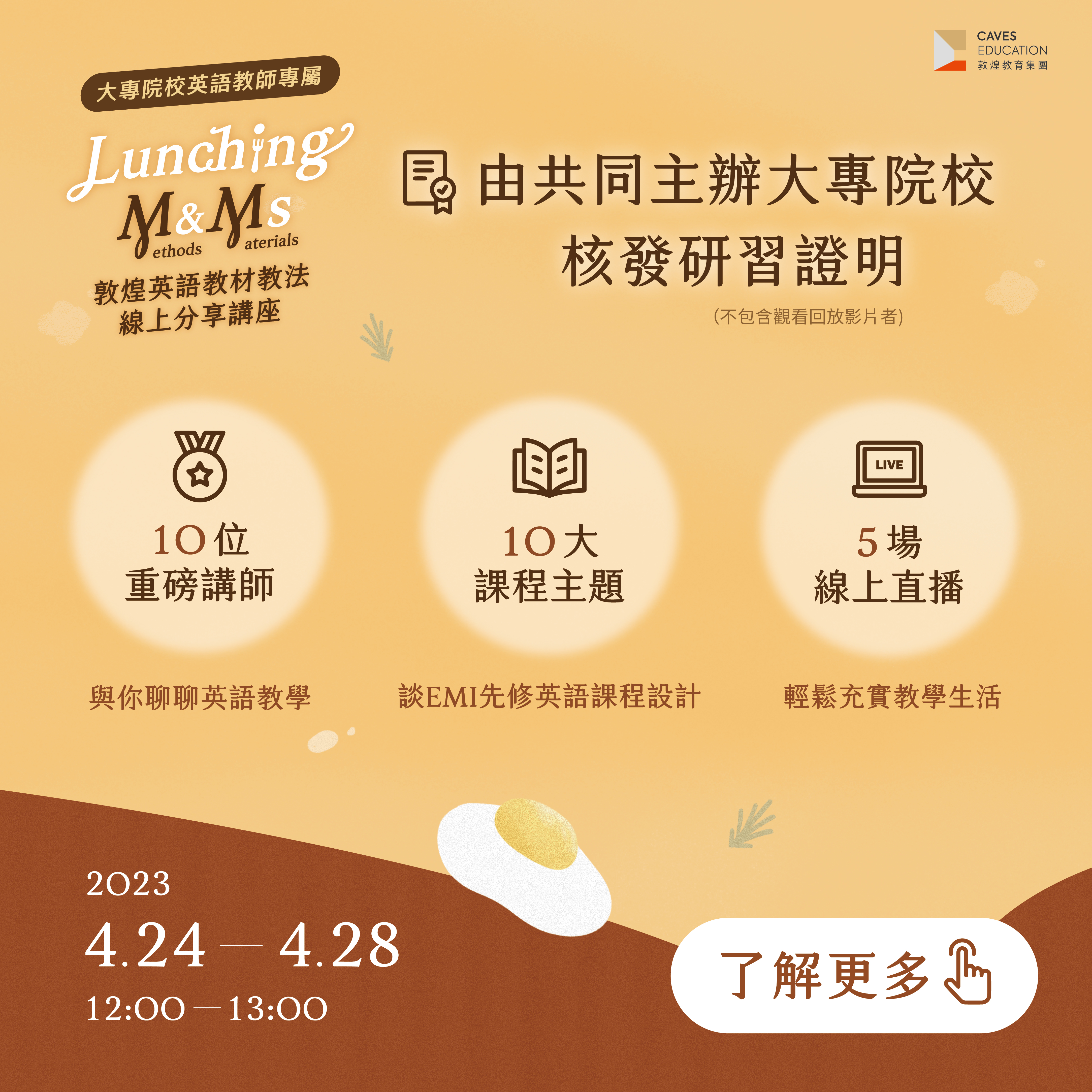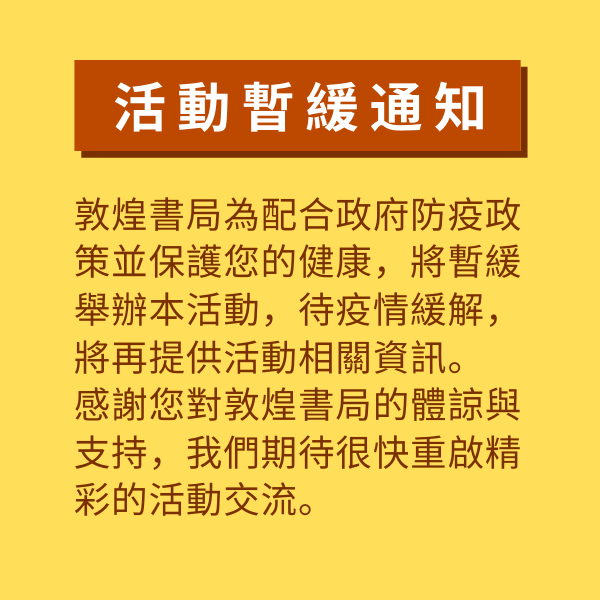
2018 Caves Day 敦煌書局很榮幸邀請到韓國英語教育服務領導品牌 NE_Build & Grow 的首席顧問與師訓講師 Ji Young Ko 來與大家分享討論英語教學趨勢與實際演練。韓國與台灣有著同樣以英語為外語的教學環境 (TEFL, teaching English as foreigner language) ,在教學法上建議初學者學文法嗎?學生在課堂上可以使用第一語言 (L1, first language) 嗎?寫作教學總是令人頭痛,有哪些好方法嗎?另外,對於提升學生學習意願及教室管理上有哪些好建議?該如何評量教材的適用性?…等。與會中老師們提出了許多教學現場的實際問題,而 Ko 老師特別將當場來不及回答的問題分成三大類,提供專業的回答。快來看看在相似的英語學習環境下,韓國有哪些新鮮、不同的觀點可以分享。
分類一:Teaching Method
- As teachers, do we need to teach grammar to younger children (Grade 2-3)?
This might be the most frequently asked question regarding teaching grammar to young learners (especially those in lower elementary grades). Teachers and parents have different ideas about when to start grammar lessons for this age group. Grammar lessons that start off with concept explanations can be very overwhelming for children this young.
Therefore, it is recommended that teachers start elementary grammar lessons with patterned grammar so students get exposed to various sentence patterns. For example, if students practice sentences like I can dance, I can sing, or I can’t drive, they are able to acquire the meanings of those sentences even though they are not technically familiar with the modal verb “can.” If students acquire the meanings of sentence patterns, those sentences will be produced when speaking and writing without too much overt focus on grammatical concepts. Furthermore, this patterned sentence practice helps students formulate their own sentences naturally without too much hassle.
If students have a hard time formulating a sentence after sentence pattern practice, then an unscrambling or fill-in-the-blank activity will help them notice each part of the sentence. After that, students can substitute certain parts of the sentence with various words.
In this case, students can link their learned grammar to their writing capacity. It takes time for students to gain the capacity to build their own sentences. Furthermore, gradual and level appropriate activities boost students’ confidence when it comes to grammar and writing.
- Is it appropriate for an English teacher to translate new words into the student’s mother tongue? If so, how often should this be done?
- Young learners have limited vocabulary. During classroom discussion time, many students just ask questions in Chinese because they don’t really know how to say what they’re thinking in English. What would you do to solve this problem?
It is so natural for students to struggle with a limited vocabulary in English class. Thus, when teachers design speaking activities, it is important for them to think clearly about target vocabulary and sentences that should be used during those activities. For beginner and intermediate level students, it is generally very challenging to have free discussions in the target language. When teachers want students to do a speaking activity, it’s the best if the teacher models the sentences and provides a choice of words for students to use in those sentence patterns. In this way, the teacher can lead a class speaking activity effectively.
Sometimes, students want to use certain words that they are not sure how to say. In that case, teachers can provide clues by explaining the meaning in English. If students keep struggling with a specific word, it is okay to give that word to the student in their first language. If students are older than Grade 2-3, teachers can do a mini lesson on how to look up words in English in a dictionary or online.
If students use their native language a lot during classroom activities, it often means they don’t know what to do, or that the activity is inappropriate for their language level. Teachers can help students by providing clear instruction at the beginning of the activity in English. If students understand what to do during class, they can focus on the assigned activities and feel less distracted.
It is natural for students to forget words they only just learned. Every unit or lesson, choose five words (key content words) for students to memorize. For younger students (below Grade 3), make sure they can figure out each word’s meaning by matching them with pictures. After that, students can locate the words within sentences. For older students, it would be beneficial for them to formulate sentences with the key words and share their sentences with classmates. By learning how to use target vocabulary words in sentences, students can memorize them effectively.
- How do I get students to write a paragraph by themselves? They just copy when I write the example. If I don’t write anything, they just look at me and do nothing while waiting for the answer.
- In junior high school, we are pressured to finish teaching the textbook following the school’s schedule, and time is so limited. How can we spend time on writing activities?
If students have a hard time figuring out what to write, it is important to teach them the writing process: Brainstorming -> Outlining ->Drafting -> Editing -> Final drafting. Even a great writer needs to think about a topic or theme and research on it well. Teachers can show students how to organize their drafts using sentence patterns they taught earlier. Editing and revising can be a group activity where students check the writing of their peers and give each other feedback. Once students understand how to use the writing process to generate a draft, they can tackle any writing assignment.
In order for students to understand what teachers want from them, it is critical to examine good writing samples and poor writing samples together. Referring to good writing samples, teachers can do a sample analysis in class to reinforce what to include in writing, such as a topic sentence that hooks the reader, three good supporting details, proper grammar and punctuation, and an appropriate closing sentence. Through this process, students understand what to look for when they complete any writing assignment.
Meanwhile, reviewing poor samples that show what not to do is be helpful as well. Usually, students at a similar level have a tendency to make similar mistakes and errors. These students could do a group project to correct poor writing samples together. This way, they learn about mistakes that are commonly made in writing and how to avoid them. Students can also practice using an edited first draft to write a better second draft. That way, they learn how to apply feedback to their writing to complete the writing process with a polished final draft.
For high school students with limited class time, teachers can present a mini lesson for a few minutes every lesson or every week. For example, for the first three months of class, teachers can focus on the writing process. The first week, students learn how to brainstorm ideas about a topic and discuss the topic. Teachers can cut the writing process into parts and do a mini lesson on each part.
Otherwise, teachers can emphasize each part of the writing process; finding a good topic sentence/ supporting details and closing sentences extra. Grammar and punctuation would be good mini lesson topics. Throughout the year, teachers can cover pretty much every aspect of the writing process through five-minute mini lessons.
分類二:Student Motivation & Class Management
- What if students don’t have any interest in or motivation for learning? Do you have any tips to encourage or convince them that English is important?
- How do you motivate students to become responsible and autonomous learners?
- How do you encourage shy students to participate and speak up in class?
Modern students are exposed to English from a very early age. Often, they feel overwhelmed by all the vocabulary and grammar they need to memorize, as well as the endless struggle to achieve high test scores. Students barely have time to experience what it feels like learning a language in a natural and communicative way. For many of our students, English is just another subject needed to get into a better school or to get a better job.
Because of this, motivating students to be excited learners might be the challenge of a lifetime. However, a bit of creative lesson planning might help students view English as something other than another boring subject forced upon them.
For young learners, it is very important to provide a various forms of input, such as music, chanting, or video clips. This way, students do not get the idea that learning a language only involves reading a boring book and doing lots of writing. For young learners, it is especially helpful to involve their five senses in the learning process. Using scented markers, writing words in sand, and getting children to move their bodies while speaking helps them view learning a language in a different way.
For older students, it’s important to get them to see the real life usefulness of knowing a language. Teachers can do this by relating to students through what their interests are. For example, one of my fellow teachers read a short news article about the Korean boy band BTS with her students. After reading and discussing the article with the students, their assignment was to write an encouraging comment below the article. If teachers find out students’ common interests, they can do an activity that links language use to real life with their students. This kind of activity is very helpful for students, even if it is used only once a month. In this case, it is advisable for the teacher to plan the lesson carefully with target words and sentences in mind in order to maximize learning outcomes.
- How do you teach students whose reading levels vary greatly in the same class?
- In a mixed-level class, how can students be expected to collaborate on group projects?
It is common for teachers to struggle with mixed levels of students in one class. In that case, what I can recommend is to set a different goals for three different levels of students in one class. Beginners might struggle to understand a whole reading passage. For that group, the teacher may ask them to simply figure out the key words and the main theme of the passage. For mid-level students, teachers may ask them to read the passage and write the main ideas and details in outline format. This can help students understand the level of the reading and can be linked to the writing process in future lessons. For upper level students, teachers can extend the goals even further. Upper level students should be able to find the important details of a passage and write a summary or an opinionated paragraph that links the reading to their experience.
Teachers should carefully plan the group work assignments for mixed level students. First, it is very important to explain each step of the group project in detail and make sure everyone understands what to do and what is expected of the final product. After that, within each group, the teacher should assign individual roles to each student depending on their abilities and target outcomes. Some of the roles could be note-taker, time-keeper writer, presenter, supplies manager, and so on.
As the semester progresses, teachers should observe each student’s level and encourage them to take on increasingly challenging roles. Once the teacher sets up activities like this, most students will understand clearly what to do even though they have varied levels of language fluency.
- We talk about STEAM & 21st century skills, as well as shared a lot teaching demos. We would like to know how you manage your class. Could you give us some examples of your teaching practices?
To learn a language, students need to polish four basic language skills: speaking, reading, writing and listening. With these skills, students have the basic tools needed to communicate in the target language. However, 21st century skills are necessary for students to link basic competency in a language with relevant content as well as their own thoughts. During English class, teachers help students develop basic skills through assignments and activities. With those activities, instead of simply having students read, solve problems and perform endless grammar and vocabulary drills, it is better to encourage students to generate ideas and produce language output. In this way, teachers can balance the use of 21st century skills and basic language skills in the classroom.
分類三:Teaching & Learning Resources Related
- What is the difference between content-based and task-based teaching? What purpose does each method serve?
Content-based Instruction (CBI)
The focus of a CBI lesson is the subject matter. During the lesson, students are focused on learning about a particular subject area. Students learn about this subject using the language they are trying to learn, rather than their native language. Therefore, students develop their linguistic ability in the target language while using it as a tool for developing knowledge. This is thought to be a more natural way of developing language ability and one that corresponds more to the way one originally learns one’s first language.
Task-based Teaching
The focus of task-based lessons are meaningful, communicative output. All tasks require practical spoken and written outcomes for developing effective real-world communication. Students are given clear goals and chances to practice working collaboratively to build language skills that are essential for academic study and real-world workplaces.
- When it comes to out-of-class assignments, it seems that my students can’t do them independently. How do I convince my students’ parents to help their children with assignments, especially when they are busy and exhausted?
It is almost universal nowadays that both parents work and thus have a limited amount of time to help with their children’s homework. For young students, it is beneficial for teachers to encourage students to read a passage, sing a song, or do a chant with motions in front of their parents. Through this process, parents have a chance to see what students have learned in class. In this case, teachers can assign visual feedback from parents, such as giving stickers for each reading or listening together.
For older students, teachers need to be specific about what they want parents to check during their homework. If it is deeply related to the content, such as checking a specific grammar point, it might be overwhelming for parents. Therefore, simply be specific about the things parents could and should do, such as: Listen to the reading passage together and ask these questions, Solve pages 3-9 and check the right answers, etc. In this case, teachers can involve parents in their child’s learning process gradually as well as guiding them in helping their child with assignments.
- What is your perspective on using online resources in class?
If you want to use online materials in your class, be concise and be purposeful. For example, if a teacher wants to watch a video clip from YouTube, make sure that there are follow-up activities and clear goals for that activity. If a teacher utilizes online materials appropriately to get students’ attention, it can boost students’ motivation to learn the target content.
- How do you evaluate textbooks for EFL learners? What should an English grammar-based teacher do to catch up with the trend of cross-subject English teaching?
When you evaluate a textbook, it is very important to look at three elements:
- Authentic content
- It is always recommended to check if reading or listening content is authentic so students can gain meaningful input. The content should be matched with students’ cognitive levels and convey information that will be both useful and hold their interest.
- Meaningful exercises after reading or listening
- After reading or listening to content, complementary exercises should help improve students’ comprehension skills. Based on the input, it is also beneficial for students to extend that information to their final project, which could be a speaking or writing assignment.
- Combining the four basic language skills
- If a reading book only includes reading passages followed by a few questions, teachers will need to prepare many extra materials in order to make the class interesting, useful, and connect to other language skills. Teachers should look for books and materials that include a full range of exercises that help develop all four basic skills, even if a book focuses mostly on one of them.
作者簡介│Ji Young Ko
- 韓國英語教育服務領導品牌 NE_Build & Grow 的首席顧問與師訓講師



 © All rights reserved, powered by
© All rights reserved, powered by 

